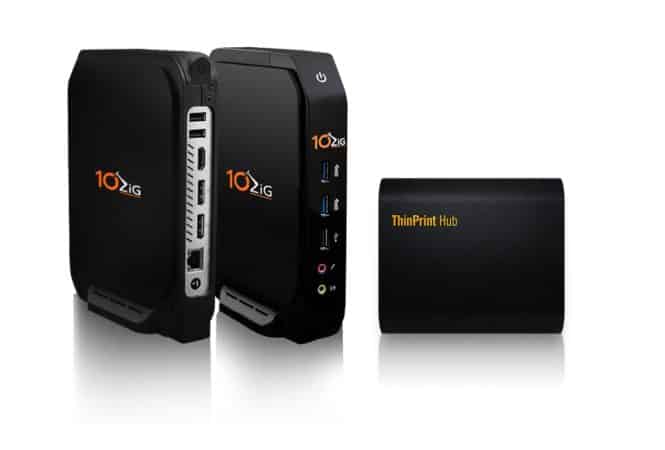Thin Client Computing About
Thinclient.org has existed since around 2004 and covers all types of thin clients and zero clients. The site is managed by Craig Keefner, who has extensive experience configuring, monitoring, and maintaining thin clients in the unattended self-service industry. In November 2014, we migrated our Content Management System from the original Movable Type (which served us well) to WordPress (which actually copied a lot from Movable Type).
Originally while at Northgate in the early 90s Craig first began working with thinclient systems being developed by Citrix as well as the old SCO Xenix terminals. Not a big fan of Novell. Craig grew up on PCs, Solaris, IRIX and even AIX. Origins in computing were DEC (DCL and TDMS).
It’s funny how things change but then basically stay the same. Microsoft announced last week that their first zero client was “unable to run local apps.” It took them 25 years.
About the Editor
The pre-Wordpress archives are located at https://thinclient.org/thinclient-news/. We just moved the site again here in 2024, so they may not be available now.
More
About Thin Client Computing
Since 1999, Thinclient.org has been reporting the thin client computing market as well as the ChromeBook, Zero Client, Android clients, Pi Raspberry Clients and Thick Client market. Generally the cloud computing market since it started with companies such as Citrix back in the late 80s.
A thin client is a lightweight[vague] computer optimized for establishing a remote connection with a server-based computing environment. The server does most of the work, which can include launching software programs, performing calculations, and storing data. This contrasts with a fat client or a conventional personal computer; the former is also intended for working in a client–server model but has significant local processing power, while the latter aims to perform its function mostly locally.
Thin client hardware generally supports a keyboard, mouse, monitor, jacks for sound peripherals, and open ports for USB devices (e.g., printer, flash drive, webcam). Some thin clients include legacy serial or parallel ports to support older devices such as receipt printers, scales or time clocks. Thin client software typically consists of a graphical user interface (GUI), cloud access agents (e.g., RDP, ICA, PCoIP), a local web browser, terminal emulators (in some cases), and a basic set of local utilities.
New hardware interfaces include socket-based enabled devices eliminating the need for a physical USB connection. Bluetooth wireless connectivity is also a big factor for devices.
More thin client articles
Here’s a breakdown of the differences between thin clients, media players, miniPCs, AIOs, and managed endpoints:
Thin Clients
- Purpose: Designed to access virtualized applications and desktops hosted on a central server or in the cloud.
- Hardware: Minimal local resources; relies on server for processing power and storage.
- Use Case: Ideal for environments where security, centralized management, and cost-efficiency are priorities, such as call centers and educational institutions.
Media Players
- Purpose: Specifically built to stream and display multimedia content.
- Hardware: Equipped with components optimized for video and audio playback.
- Use Case: Commonly used in digital signage, home entertainment systems, and public display setups.
MiniPCs
- Purpose: Compact, fully functional computers that can perform a wide range of tasks.
- Hardware: Similar to traditional desktops but in a smaller form factor; includes CPU, RAM, storage, and connectivity options.
- Use Case: Suitable for space-constrained environments, home offices, and light to moderate computing tasks.
All-In-One (AIO) PCs
- Purpose: Combines the monitor and computer components into a single unit.
- Hardware: Integrated design with a built-in display, CPU, RAM, storage, and often touch capabilities.
- Use Case: Popular in offices and homes for their space-saving design and ease of setup.
Managed Endpoints
- Purpose: Devices that are centrally managed and monitored by IT departments.
- Hardware: Can include thin clients, PCs, tablets, and other devices.
- Use Case: Ensures consistent security policies, software updates, and troubleshooting across all devices in an organization.
Each of these devices serves a unique purpose and is tailored to specific use cases, making them suitable for different environments and needs.

